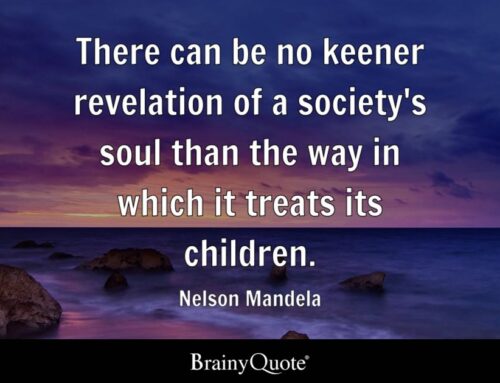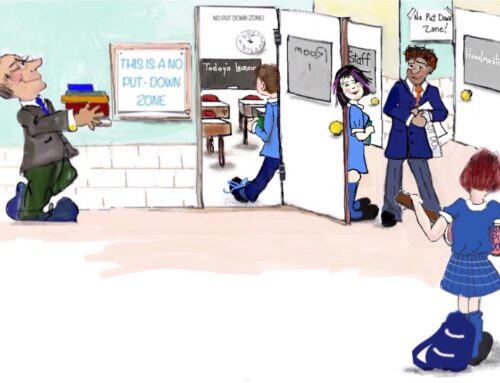Positivity in its many and varied facets has immense benefits for both individual and whole-school wellbeing. It addresses and builds the following:
- Emotional wellbeing
- Self-construct and self-belief
- Values of kindness, consideration and support
- Strengths-based communication
- Positive cognition and mindsets
- Meaningful and uplifting experiences
- Healthy relationships
- Constructive approaches to challenges
- A sense of fun and shared enjoyment
People do not always seek to identify what is going well and how to get more of this and opt instead to spend time identifying deficits and dissecting what is wrong. They focus on why things don’t work and how to fix them – usually as quickly and as cheaply as possible – often with short-term, unsustainable outcomes. Positivity costs nothing except the belief that it matters and willingness to enact it. It may take more thought, but not necessarily more time or effort, than other ways of being but is undoubtedly more effective in promoting both learning and wellbeing.
There is a cohort of young people who rarely feel positive about themselves, other people, or the world around them. They are often swamped with negativity, and their attitudes, sense of self, behaviour, and relationships all reflect this negativity. Positivity in schools has the potential to reverse this when school leaders have the will to initiate action and the belief that it is doable.
Healthy relationships
The quality of our relationships is at the crux of our happiness or misery. In schools these comprise peer relationships for both teachers and students, teacher–pupil, staff–executive and parent–school. Positivity in relationships includes a ratio of five positive interactions for every negative one. These micro-moments of high-quality interactions build expectations and relationships over time that enhance trust, support and collaboration. Although it is inevitable that at times we need to critique someone’s behaviour, attitude or work, if we are also regularly noticing and commenting on their strengths, thanking them for their contributions and showing belief in the best of them, it is easier for that individual to listen to and accept criticism. They are less likely to be devastated by a negative comment if their sense of self has been fortified and they do not feel so vulnerable. Relationships are actioned by what is said and not said, and messages that are given about how we value someone. This includes interest, gratitude, generosity, acceptance, respect and courtesy.
Positive thinking
How we think about ourselves, other people, and situations that happen to us can either be predominantly negative or mostly positive. A pessimistic outlook is sometimes thought of as more realistic, but it can also lead to self-fulfilling expectations that can be harmful. Optimism, on the other hand, has links to better physical health, including longevity, coping skills, creativity, constructive problem-solving and positive social interactions. Raising awareness of inner dialogue, the options available and the value of positive choices is worthwhile
Rather than focusing on a problem, solution-focused thinking begins with what you want to achieve. When you have a vision of what a situation would look like with the difficulties resolved, you are then able to consider steps towards that goal. You identify what is already in place, what has worked well in the past, and what resources, skills and strategies you have at your disposal. You might then identify what else you might need and how others might help. This is often used for individuals in therapy but is also applicable to organisations such as schools. When school leaders identify a clear vision for their school, they can be more confident of the policies and processes developed to action this. It is OK to begin with the ideal even if you never get there – at least you know where you are heading.
Read my article that introduces all of these principles in The Psychologist 3/6/2024








Leave A Comment
You must be logged in to post a comment.